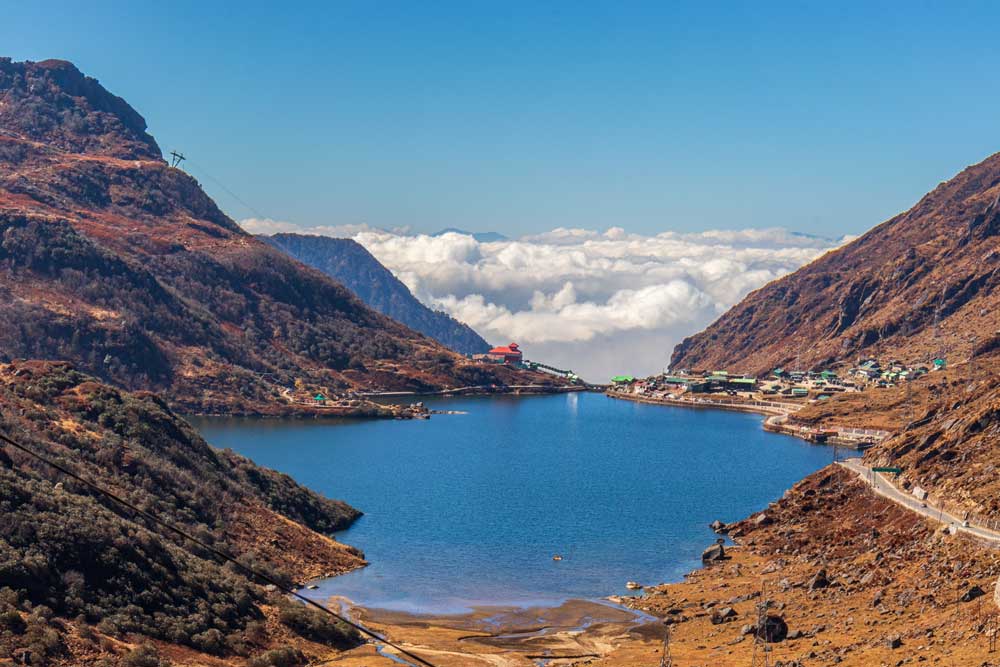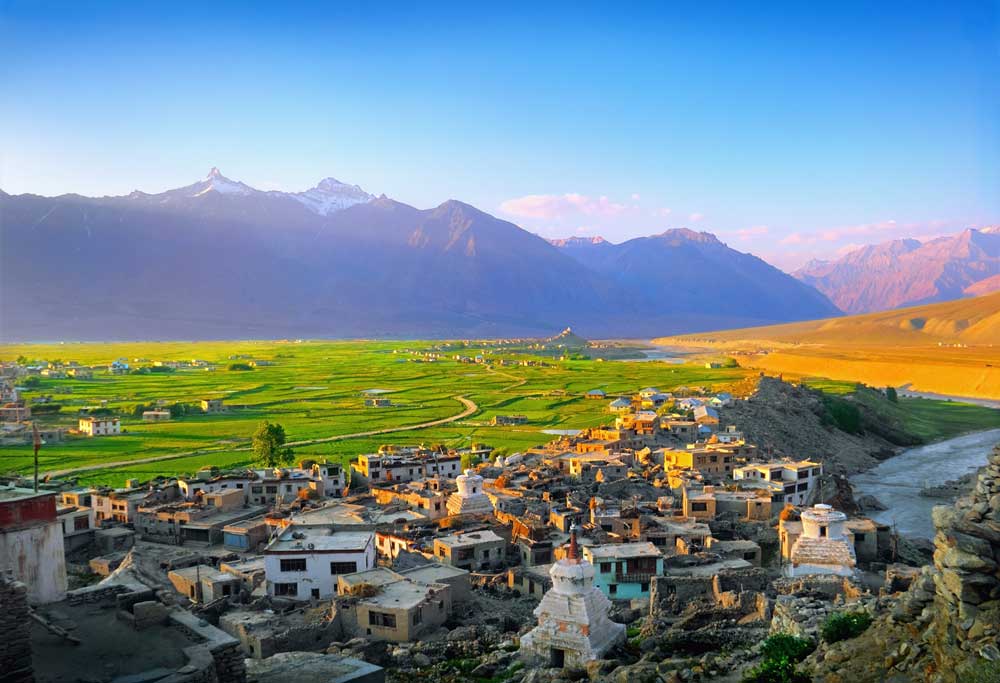Tucked away in the Eastern Himalayas, Sikkim isn’t just a feast for the eyes - it’s also a climate hero. This small but mighty state has earned the title of being India’s first carbon-negative state. But what does that actually mean?
Put simply, Sikkim removes more carbon dioxide from the atmosphere than it adds, and that’s a big deal today, when most places are trying hard just to be carbon neutral.

So, How Did Sikkim Do It?
Let’s break down some of the things that helped this beautiful state lead the way:
1. Nearly Half The State Is Forest
Sikkim has 47.6 per cent of its total geographical area under forest cover. That’s way higher than the national average of around 21.7 per cent (as per India State of Forest Report 2021). These forests act like giant lungs, soaking up tonnes of carbon dioxide and giving back oxygen.
In 2021 alone, Sikkim's forests absorbed an estimated 2.5 million tonnes of CO₂ equivalent.
2. India’s First 100% Organic State
Back in 2003, Sikkim launched the Sikkim Organic Mission and by 2016, it was officially declared India’s first fully organic state. This means:
· Over 76,000 hectares of farmland are chemical-free.
· Over 66,000 farmers follow organic practices.
· Zero use of synthetic fertilisers and pesticides = lower emissions from agriculture.
· Organic farming also improves soil health, making it a better carbon sink.

3. 100 Trees For Every Baby Born
Through the Mero Rukh Mero Santati scheme, Sikkim plants 100 trees for every newborn child. On average, the state sees around 16,000 births per year, which translates to approximately 1.6 million trees planted annually. These trees will go on to absorb thousands of tonnes of CO₂ over their lifetime.
4. They Monitor Everything
Sikkim created the Sikkim Carbon Inventory and Monitoring System (SCIMS)—one of the first systems in India to actively track:
· Greenhouse gas emissions
· Carbon sequestration (how much carbon is being captured by forests, soil, etc)
This data-driven approach helps the state make smarter environmental policies and keep its emissions in check.
According to SCIMS data (2015), Sikkim was carbon negative by over 1.5 million tonnes of CO₂ equivalent.

5. Cleaner Energy And Less Industry
· Sikkim has no large-scale polluting industries.
· Hydropower is a key energy source, reducing dependence on fossil fuels.
· Public transport is limited and private vehicle usage is relatively low compared to bigger states.
Of course, there are always challenges. As tourism and transport increase, so do emissions. The key is to keep balancing growth with green efforts-like promoting eco-tourism, using cleaner fuels, and involving local communities in conservation.
Sikkim’s success is not just a win for the environment - it’s a roadmap for the rest of the country (and even the world). It shows that with the right mix of tradition, innovation, and community support, it’s possible to protect nature while still moving forward.
So next time you’re planning a trip, maybe Sikkim should be on your list - not just for the views, but for the values.